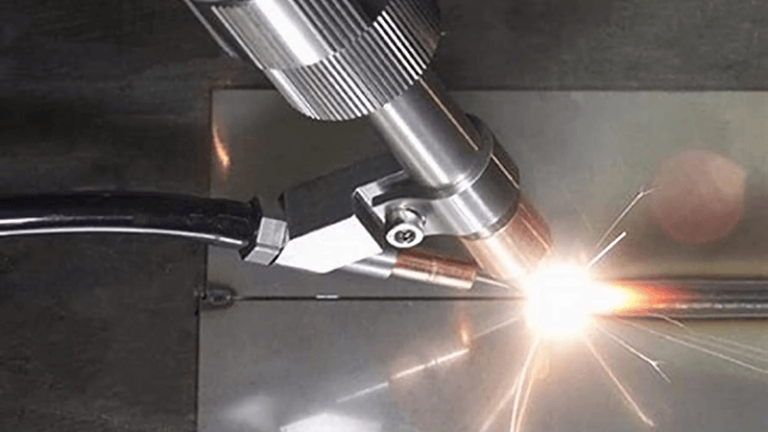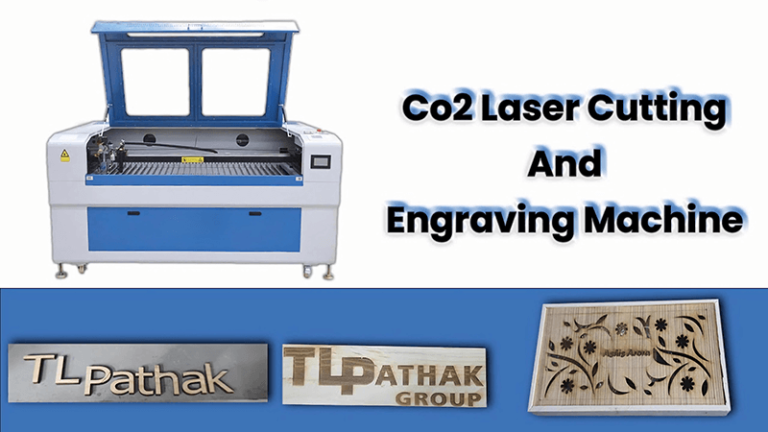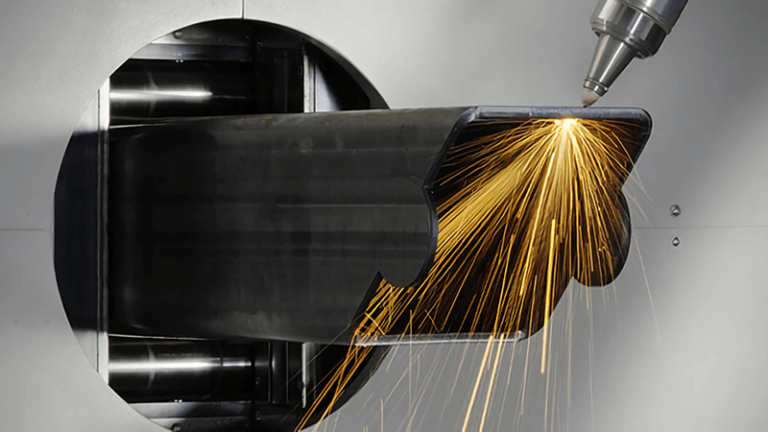A handheld laser welding machine typically costs between $3,000 and $15,000, depending on power and features. For instance, a 1500W model might cost around $5,000, while a 3000W version could exceed $10,000. These machines can save up to $3 per meter welded compared to traditional methods.
Choosing the right laser welding machine is not just about considering its features but understanding the cost per meter. A handheld laser welding machine can save businesses up to $3 per meter compared to traditional welding methods. In this article, we’ll break down the costs involved and the factors that influence them.
In the following sections, we’ll discuss how the power of the machine, its size, and the type of welding you do can impact both cost and performance.
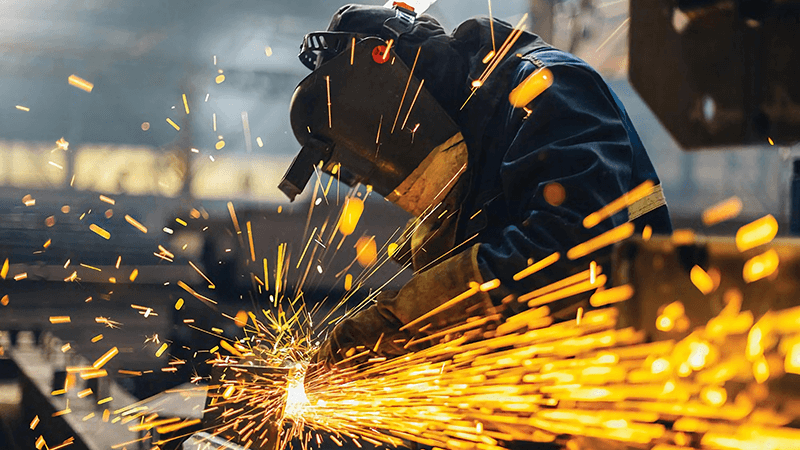
What is the cost of a 1.5 kW laser welding machine?
When considering a laser welding machine, its power is one of the first factors to look at. A 1.5 kW machine offers a balance between performance and cost, but how much does it actually cost? Let’s explore.
A 1.5 kW laser welding machine typically costs around $5,000 to $7,000, depending on the brand and features. This price makes it a solid choice for businesses looking to upgrade without breaking the bank.
1. Power and Efficiency
A 1.5 kW machine1 is ideal for welding thin to medium materials and is often chosen for general manufacturing and metal fabrication. While not the most powerful option, it strikes a balance between price and performance. It’s suitable for businesses that don’t need to cut through thick metal but still want precision and speed.
2. Machine Features and Additional Costs
The price of a 1.5 kW machine can vary based on additional features like automated feeding systems, cooling systems, and ease of use. It’s also important to factor in the costs of consumables such as laser lenses and mirrors, which can add to the overall maintenance expenses. For example, the cost of replacing a laser lens may range from $100 to $300.
3. ROI and Cost Savings
When calculating the return on investment (ROI)2, a 1.5 kW machine can save businesses up to $3 per meter welded compared to traditional methods, such as TIG welding. These savings, combined with the reduction in labor time, make it a cost-effective choice for businesses looking to improve efficiency without a significant upfront investment.
For example, one of our clients in Buffalo switched to a 1.5 kW laser welding machine and reduced their welding time by 50%, which paid off the machine in under a year. This quick ROI makes the 1.5 kW machine an attractive option for small to medium-sized businesses.
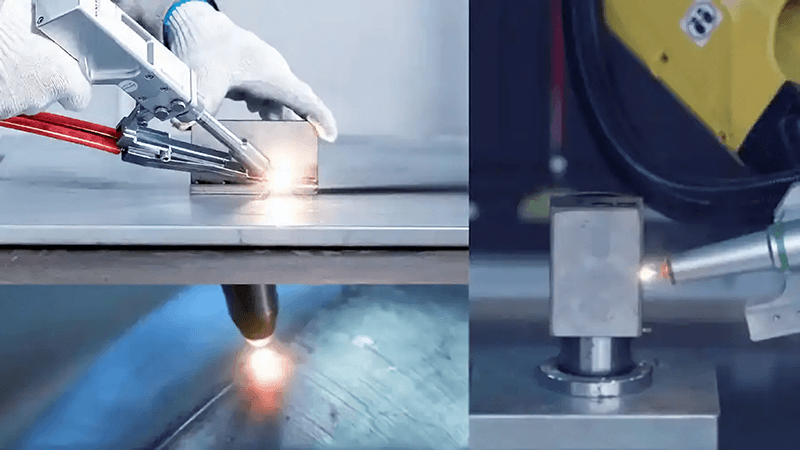
How thick can a laser welder weld?
A common question when considering a laser welder is how thick the machine can handle. After all, welding thicker materials requires a more powerful machine and different considerations.
The thickness a laser welder can handle depends on the machine’s power. For example, a 1.5 kW machine can typically weld materials up to 4-5mm thick, while more powerful models can handle materials up to 10mm or more.
1. Material Thickness and Power Requirements
A 1.5 kW laser welder3 is typically capable of welding materials up to 4-5mm thick. However, as the material thickness increases, you’ll need a higher-powered machine. For instance, a 2 kW or 3 kW machine can handle materials up to 8mm or even 10mm thick. It's important to choose the right machine for the materials you plan to work with to ensure the quality of the weld and avoid wasting time or material.
2. Speed vs. Thickness
As the thickness of the material increases, the welding process tends to slow down. The deeper the weld, the more energy is required, which impacts both the speed and efficiency of the process. Therefore, if you plan on welding thick materials regularly, investing in a higher-powered machine will be a better long-term solution.
3. Precision and Cleanliness of the Weld
One of the advantages of laser welding, even with thicker materials, is its precision. Laser welders4 offer clean, narrow welds with minimal heat-affected zones, which reduces the need for post-weld cleanup. This can save both time and money.
Ultimately, the power of the laser welder will determine the maximum thickness of the material it can weld, and choosing the right machine for your needs will ensure both efficiency and quality.

Are small laser welders any good?
Small laser welders are becoming more popular, especially for businesses with limited space or those looking for a portable solution. But are they as effective as their larger counterparts?
Small laser welders can be incredibly effective, offering many of the same benefits as larger machines. They’re portable, efficient, and perfect for small to medium jobs, but they may not be as powerful as larger models.
1. Portability and Convenience
One of the most significant advantages of small laser welders5 is their portability. These machines are easy to move and use in various settings, making them perfect for smaller workshops or fieldwork. For instance, a handheld laser welder is ideal for on-site welding or repairs, where mobility is key.
2. Cost-Effectiveness
Small laser welders typically cost less than their larger counterparts, making them a great entry point for businesses with budget constraints. Despite the lower cost, these welders still offer high precision, reducing the risk of error and improving the overall quality of the weld.
3. Limitations in Power
While small laser welders are efficient and effective, they’re not as powerful as larger machines. This means they may not be suitable for heavy-duty applications, such as welding thick metal or large-scale production jobs. However, for small and medium welding tasks, a handheld or compact laser welder can provide excellent results.
In summary, small laser welders offer a great balance of portability, cost-effectiveness6, and performance, but they are best suited for lighter tasks and small businesses with specific needs.
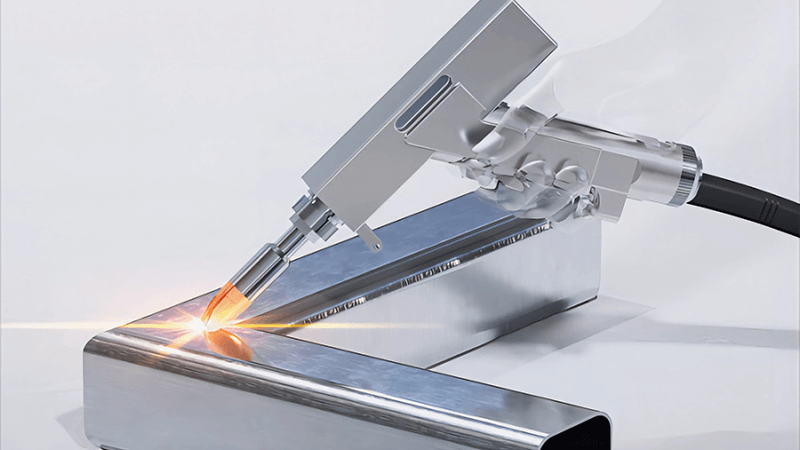
Can anyone use a laser welder?
Laser welding is a specialized skill, but can anyone use a laser welder? With the right training and equipment, the answer is yes.
While laser welding requires skill and precision, it’s not an exclusive trade. Anyone with the proper training can use a laser welder to perform high-quality welds, and many manufacturers offer training programs to ensure users get the most out of their machines.
1. Training and Skill Requirements
Using a laser welder requires a solid understanding of both the machine’s operation and the materials being welded. While a laser welder offers ease of use, the operator still needs to know how to adjust settings, handle the equipment properly, and understand the effects of heat on different materials.
2. Intuitive Controls and User-Friendly Features
Many modern laser welding7 machines, especially handheld models, come with intuitive controls that make them easier for non-experts to use. However, basic knowledge of welding principles, as well as some hands-on training, is still essential.
3. Benefits of Laser Welding for Beginners
Laser welding can be easier to learn than traditional methods like TIG or MIG welding. Its precision, reduced heat-affected zones, and cleaner welds make it an attractive option for newcomers to the welding world. With the proper training, even someone without previous welding experience can quickly master laser welding.
In conclusion, laser welding can be used by anyone with the right training, and with the growing availability of user-friendly machines8 and training programs, it’s becoming more accessible to a wider range of industries and individuals.
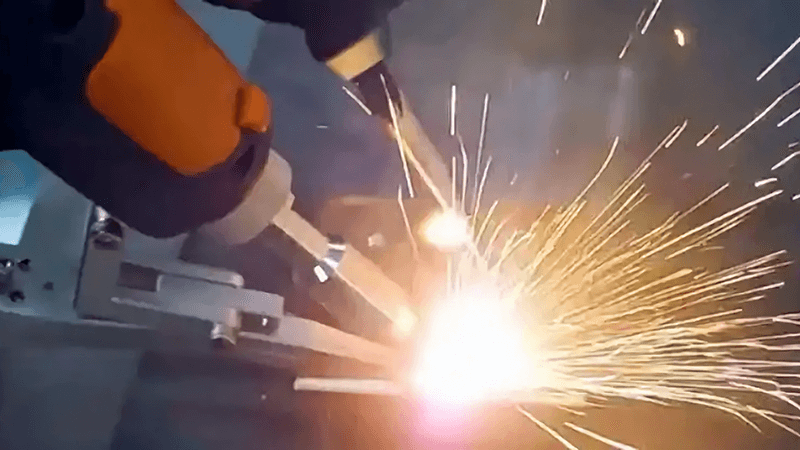
Conclusion
Laser welding9 offers great advantages in speed, precision, and cost-effectiveness, particularly when compared to traditional welding methods. While factors like machine power, material thickness, and training requirements play a significant role in your decision-making, handheld laser welders are a practical solution for many businesses. Whether you’re in the metal fabrication industry or looking for a more efficient way to handle smaller jobs, laser welding is an investment that can deliver high returns.
-
Explore the advantages of a 1.5 kW machine to understand its efficiency and cost-effectiveness in welding applications. ↩
-
Learn how to effectively calculate ROI for welding machines to maximize your investment and savings. ↩
-
Discover the specific applications and limitations of a 1.5 kW laser welder to ensure it meets your welding needs effectively. ↩
-
Discover how laser welders provide precision and efficiency, even with thick materials, ensuring high-quality welds and reduced post-weld cleanup. ↩
-
Explore this link to understand the advantages and applications of small laser welders in various industries. ↩
-
This resource will provide insights into how cost-effectiveness influences purchasing decisions for small laser welders. ↩
-
Explore the benefits of laser welding, especially for beginners, to understand why it's a preferred choice in modern welding. ↩
-
Discover the features that enhance usability in welding machines, making them accessible for both experts and novices. ↩
-
Find the best laser welding machine and laser welding solutions from Kirin Laser, clicking this link to get all your needs. ↩


